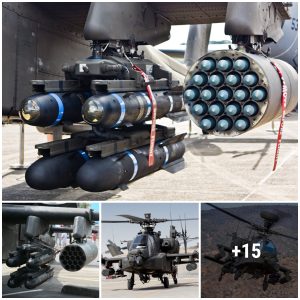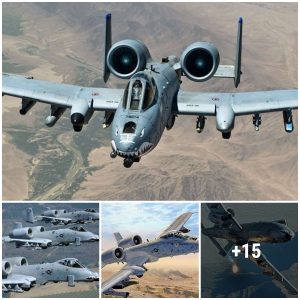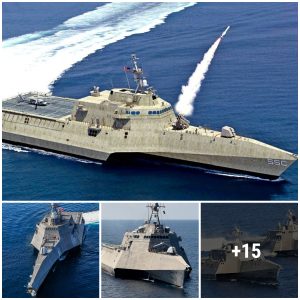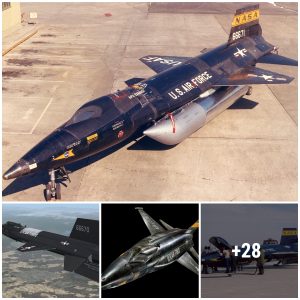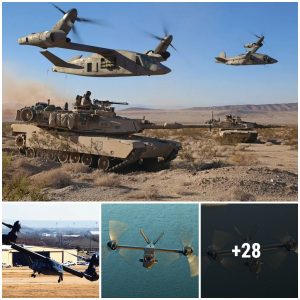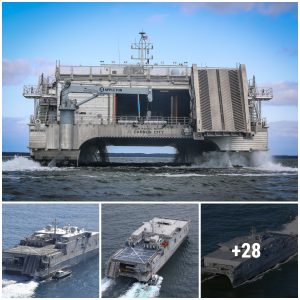When the military U-2 spy aircraft became vulnerable to Soviet attack in 1960, specifically from their surface-to-air missiles, President Eisenhower told Lockheed to build the impossible. The goal was simple yet nearly insurmountable, to build an aircraft that could not be shot down. The final challenge was to do it, quickly.
Development began, and the new aircraft now had to exceed crazy speeds. There were plenty of challenges to overcome, from high-speed stability to atmospheric friction, to costs, and of course, the time factor. But Lockheed Martin persevered and so the Lockheed SR-71 Blackbird was born, taking its first flight with this designation on December 22, 1964.
The SR-71 Blackbird has been a vital part of USAF, especially as the Cold War started heating up, and more spy missions were needed to make sure America knew all the goings-on of the USSR. It sounds like the beginning of a spy novel, if you are hooked to this info, here go the pertinent facts about the SR-71 Blackbird.
10/10 2193-MPH Top Speed
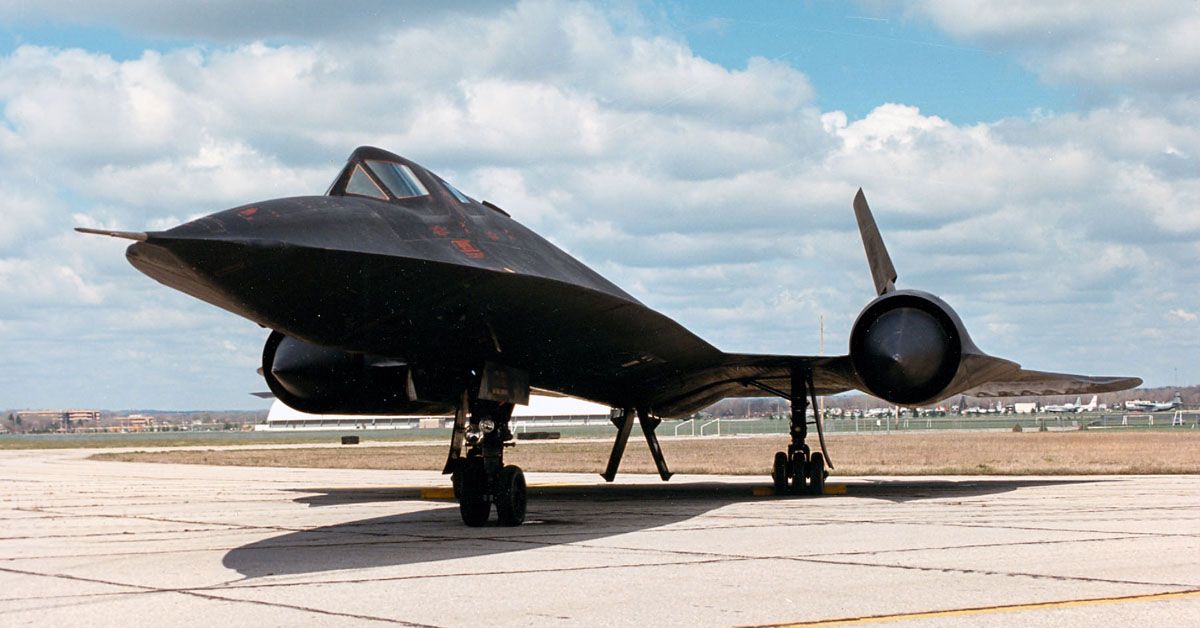
When the SR-71 Blackbird was being made, the goal was to exceed 2,000 MPH. It ultimately did exceed the goal, flying to a record top speed of 2,193.2 MPH. But that’s hardly the most surprising aspect of this speed.
.jpg)
The other aircraft of the time could in theory exceed it, but the SR-71 could fly at these speeds for a long time. That of course created another lot of problems, related to atmospheric friction and heat. Conventional airplanes would melt at these temperatures.
9/10 The SR-71 Blackbird Was Multiple Record Setter
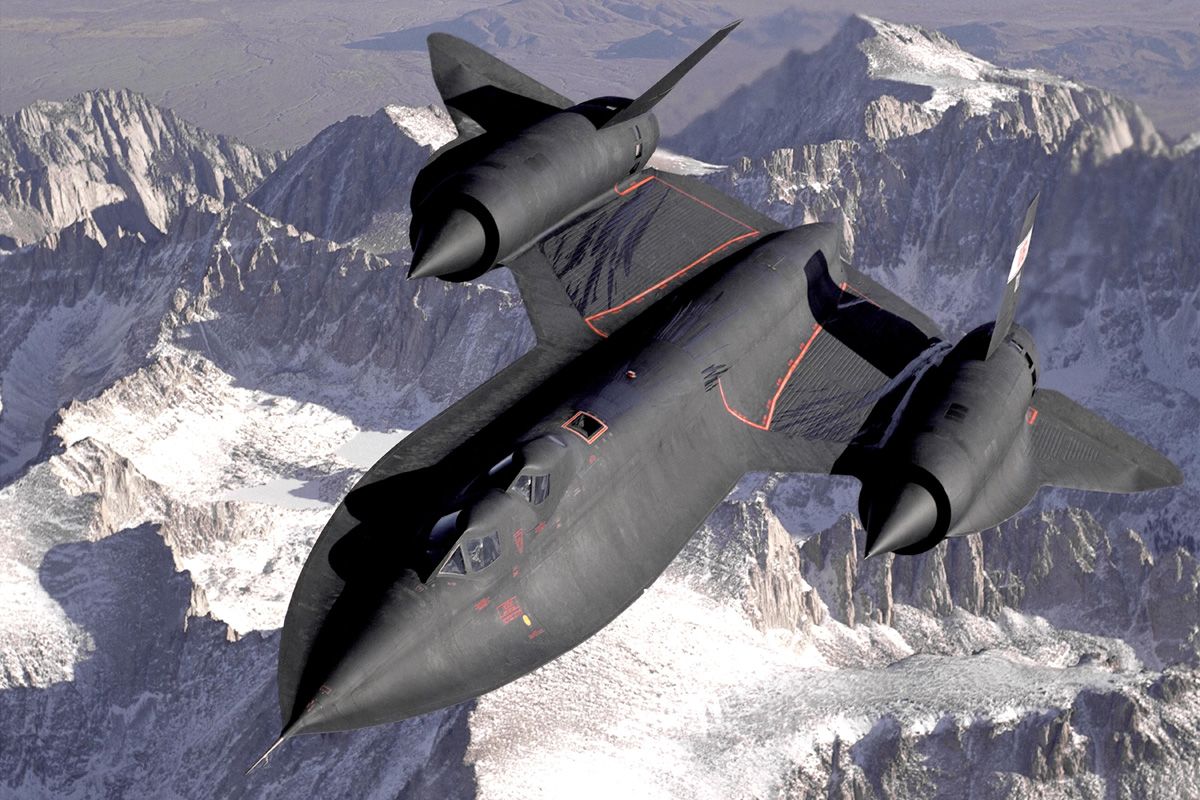
The SR-71 Blackbird set the record for being the world’s fastest, highest-flying air-breathing operational manned aircraft at the time. Meaning today’s drones could probably outfly it. That said; CNN still called it the world’s fastest airplane in a 2020 article.
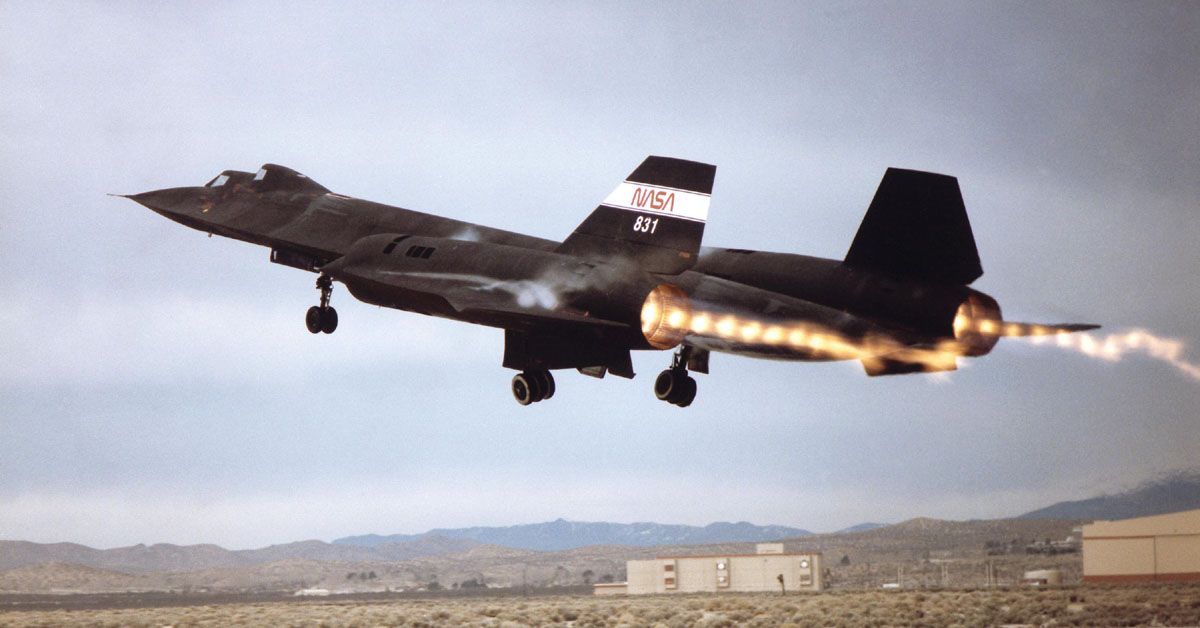
The highest altitude recorded on an SR-71 Blackbird is 25,929 meters. The one record that it still holds is a cross-country flight, zipping from Los Angeles to Washington, D.C. in just 64 minutes 20 seconds.
8/10 The First Airplane To Use Titanium
.jpg)
Considering the prolonged high speeds at which the SR-71 Blackbird could fly, the atmospheric friction translated to high amounts of heat. In turn, this meant that an aluminum body would simply melt.
.jpg)
So, a titanium alloy was chosen to make the body, but of course, the problem came with the fact that the existing tools weakened the body. So titanium tools were made. But even so, dissipating the heat across the body became another challenge.
7/10 The “Blackbird” Moniker Comes From The Color
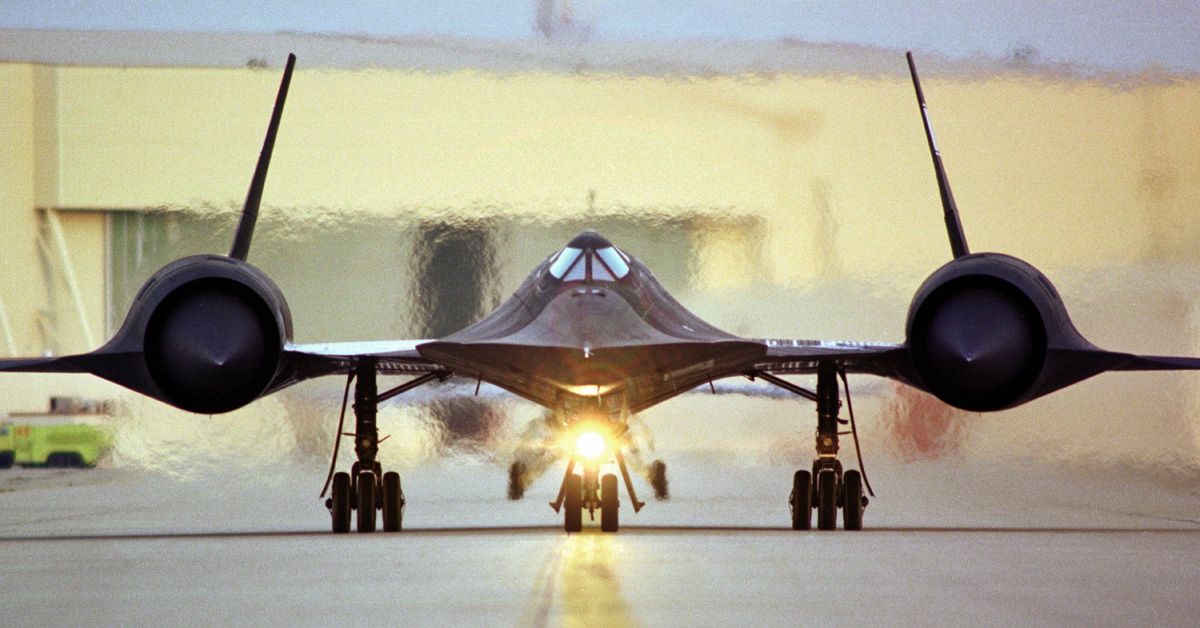
While the atmospheric friction across the edge of the aircraft led to incredible heat, flying at high altitudes meant the temperature outside the cockpit would be a freezing -60 degrees Fahrenheit. So the heat had to be spread across the surface of the airplane to stop the pilots inside from turning into icicles.
.jpg)
One of the designers remembered that black paint both emits and absorbs heat. So, the SR-71 was painted black, giving it a lethal appearance and earning it the moniker, “Blackbird.”
6/10 It Could Outfly A Missile
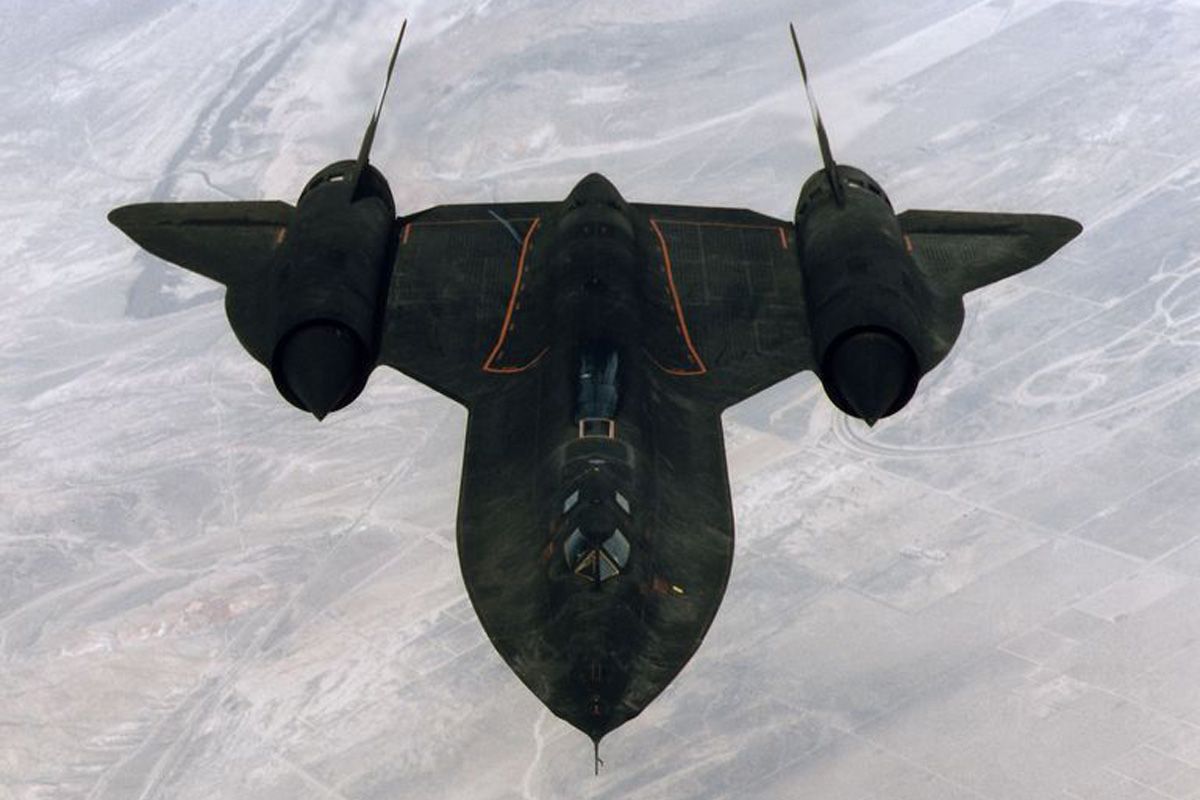
To any non-pilot, 2,000 MPH or 25,000 meters means nothing but mere mathematic numbers. To clarify, the SR-71 Blackbird could fly at the edge of space. So while it could not go to the moon, it went near enough to the edge of the Earth’s outer limits to be one impressive machine.
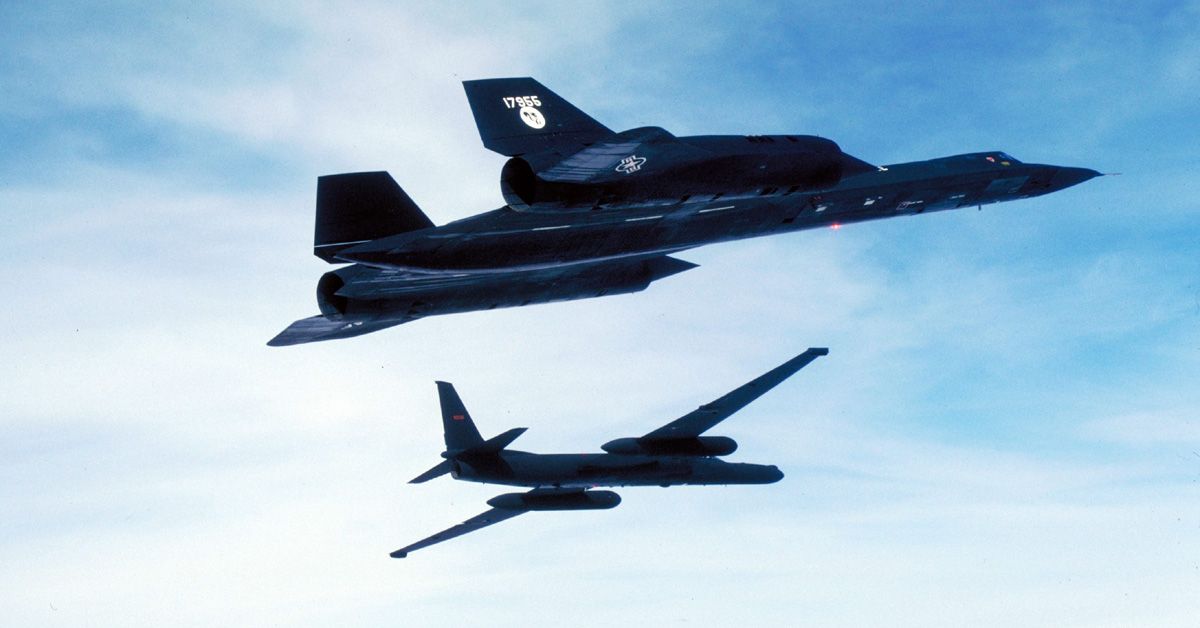
Plus, if anyone aimed a missile at it, it could outfly the missile, let it trail harmlessly behind it before decimation, or the missile ran out of steam.
5/10 The Titanium Itself Came From Enemy Territories
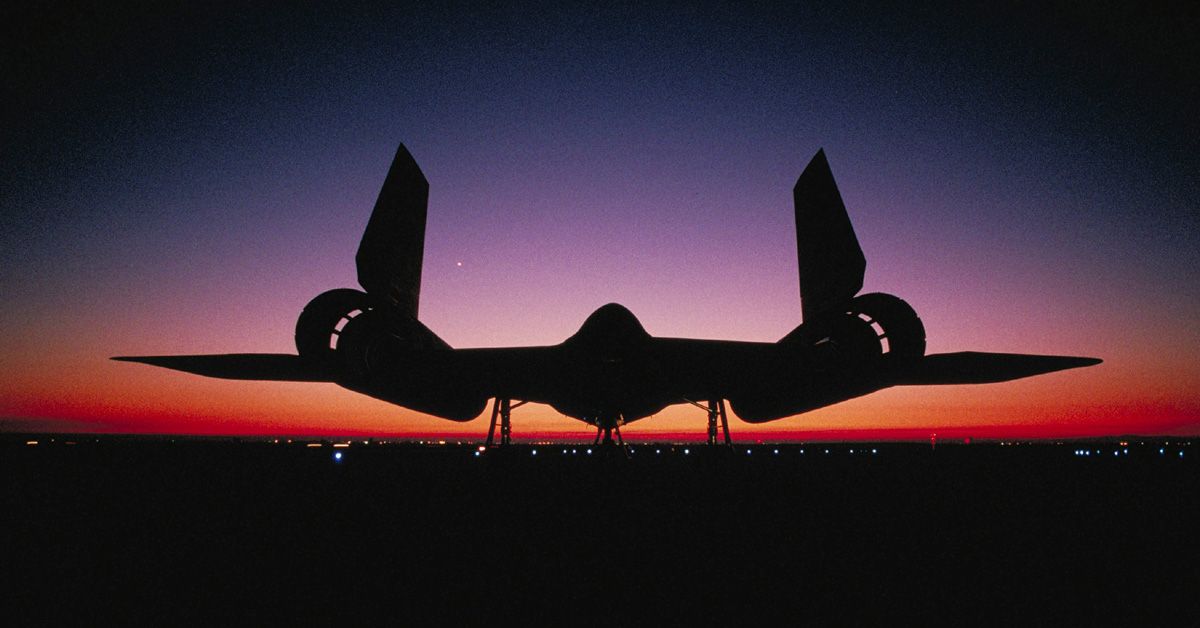
The titanium needed to make the plane came from a very unlikely source. The USA did not have major titanium sources, and neither did its allies. The sole country that made titanium in vast amounts, and was the greatest supplier of rare metal in the world turned out to be USSR.
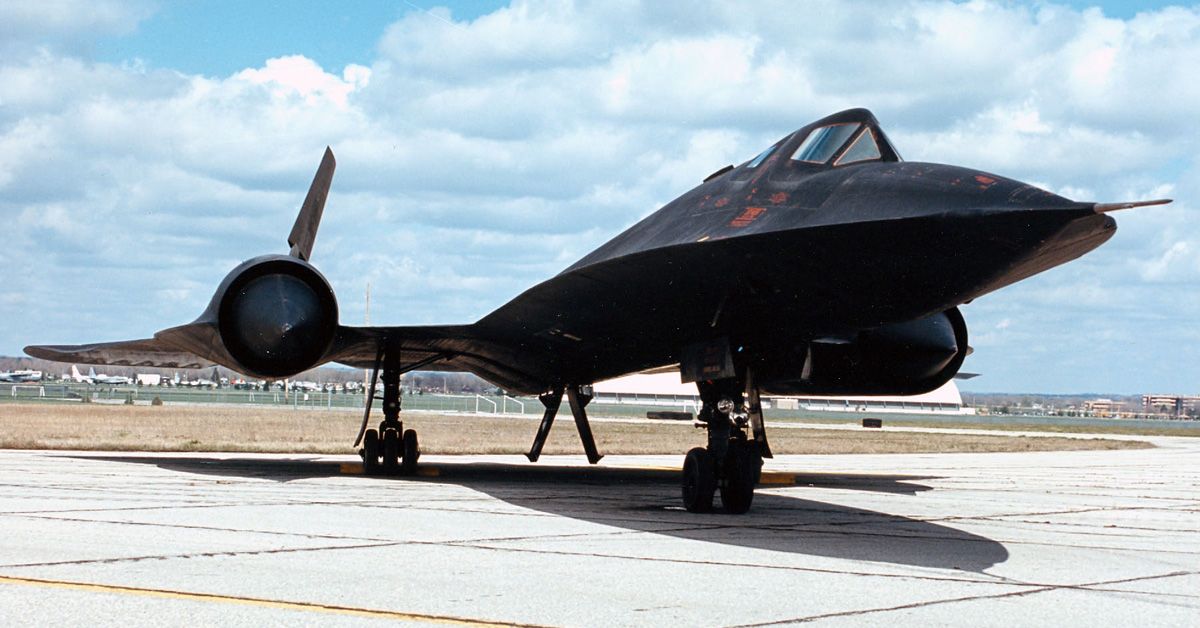
So to spy on the Soviets, the US made a plane, from materials sourced from the Soviets, probably using a ton of bogus companies. If that’s not a great example of irony, we didn’t know what is.
4/10 No SR-71 Blackbird Was Lost To Enemy Fire
.jpeg)
Because the SR-71 Blackbird could fly higher, faster, and stealthier than any other aircraft of its time, and also any other anti-aircraft weaponry, none was lost to enemy fire. That said; these airplanes (built-in a great hurry) were not the most reliable of military planes.
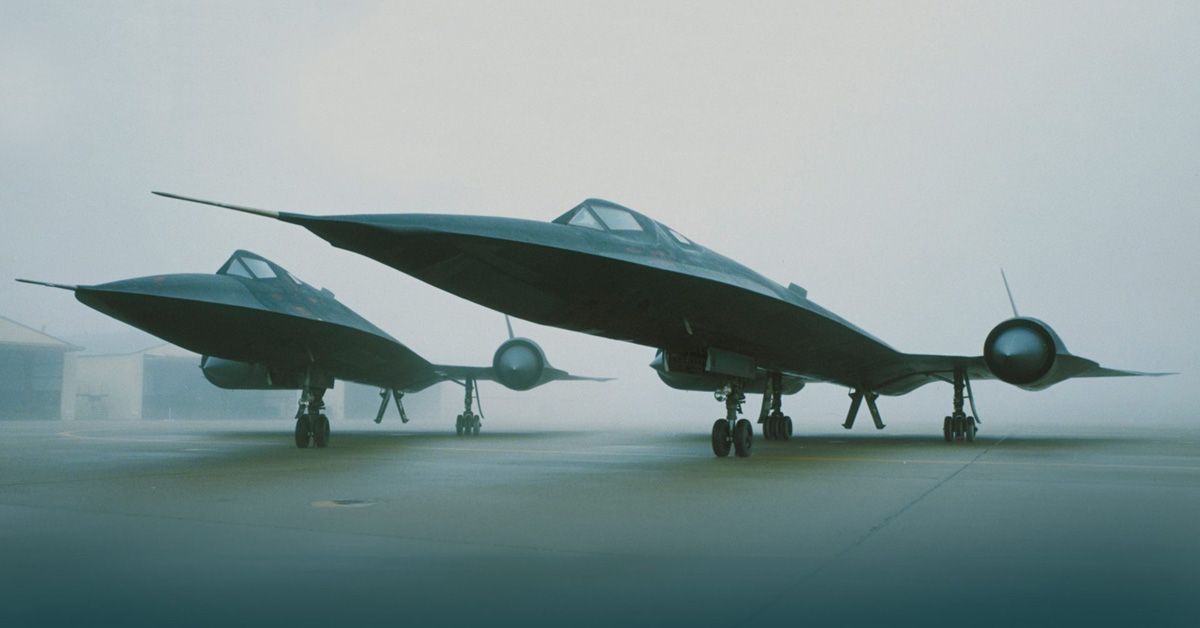
12 out of 32 Blackbirds went down to accidents, although it’s good to point out that these were not the easiest of planes to fly and usually needed a whole host of personnel just to make it ready to fly. At the time, launching one was akin to launching a space mission, with a countdown.
3/10 The Blackbird Pilots Had To Suit Up
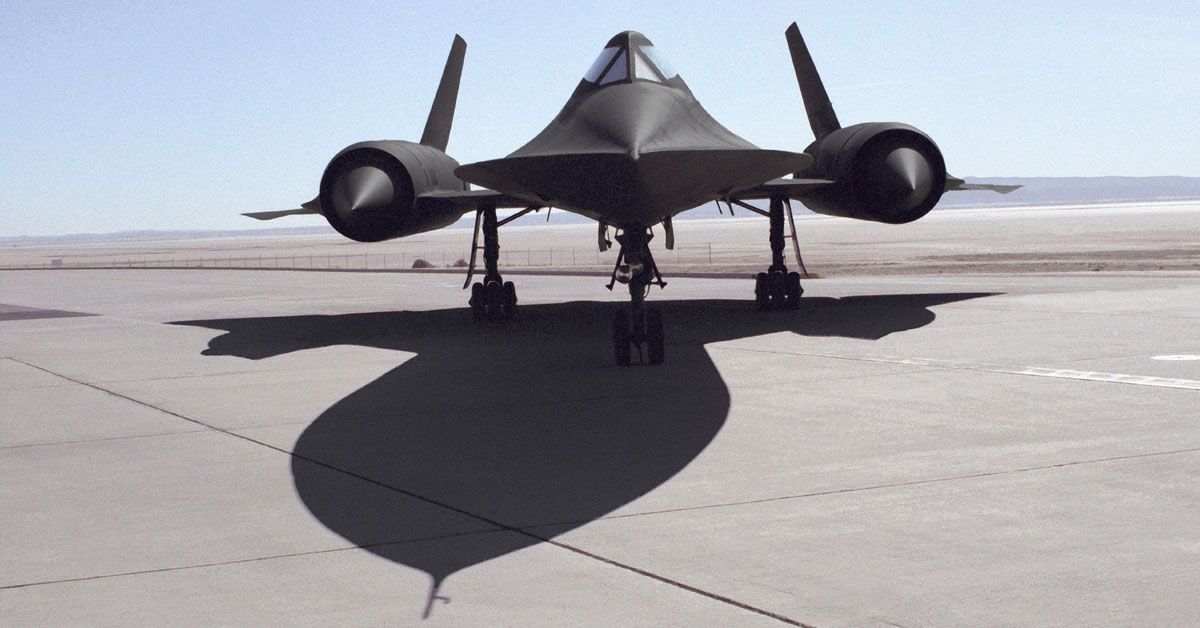
The extreme heat, cold, and pressure of flying this fast and this high took a toll on the pilots. They had to wear special suits, a lot like space suits to protect them from the temperature and intense environment.
.jpg)
Despite the black paint and a freezing ambient temperature outside the cockpit, the outside glass of the cockpit used to get super hot. So much so, in case the pilots felt a little “peckish”, they could and did warm up meals by pressing it outside the glass.
2/10 No SR-71 Blackbird Flew Into Soviet Airspace
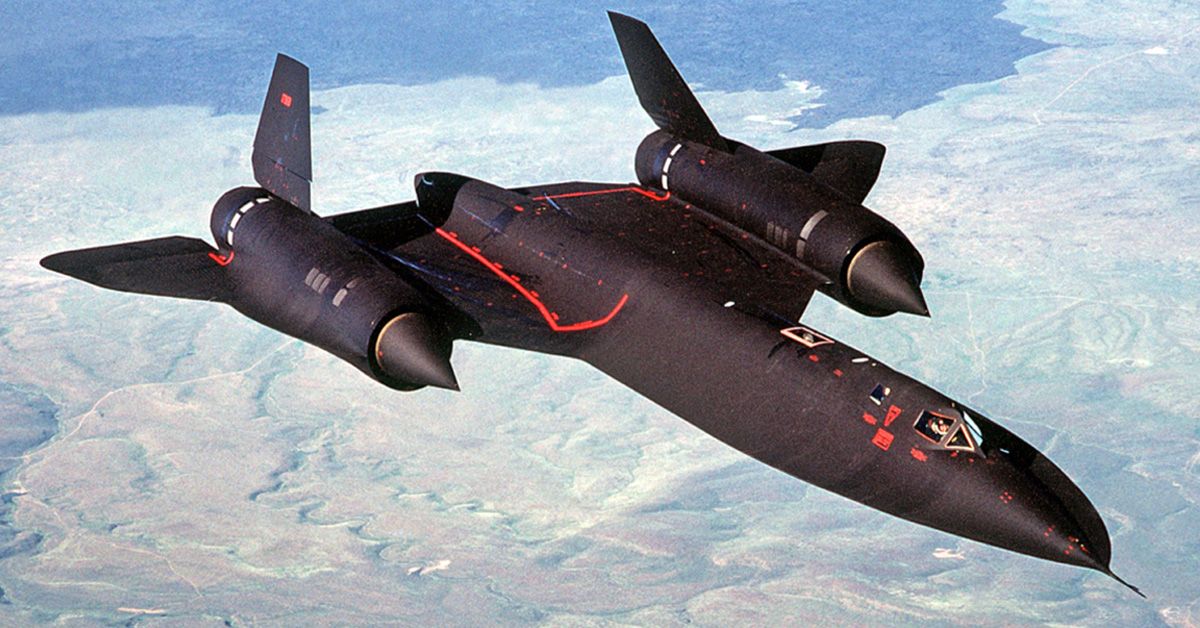
The Lockheed SR-71 Blackbird was developed under intense pressure after a USAF U-2 spy plane went down to Soviet gunfire in 1960. It was made keeping the Cold War in mind, to make sure the US knew what the USSR was up to and if the “coldness” would develop into something more physically violent.
.jpg)
That said, there was no need for any foray into Soviet airspace, at least officially. It did, however, perform missions in the Middle East, Vietnam, and North Korea.
1/10 Last Flown By NASA
.jpg)
The SR-71 Blackbird operated with absolute impunity, considering it remained one of the fastest jet-propelled aircraft in the world for decades. The Blackbird project was retired in 1990, then briefly brought back in the mid-90s before finally being retired.
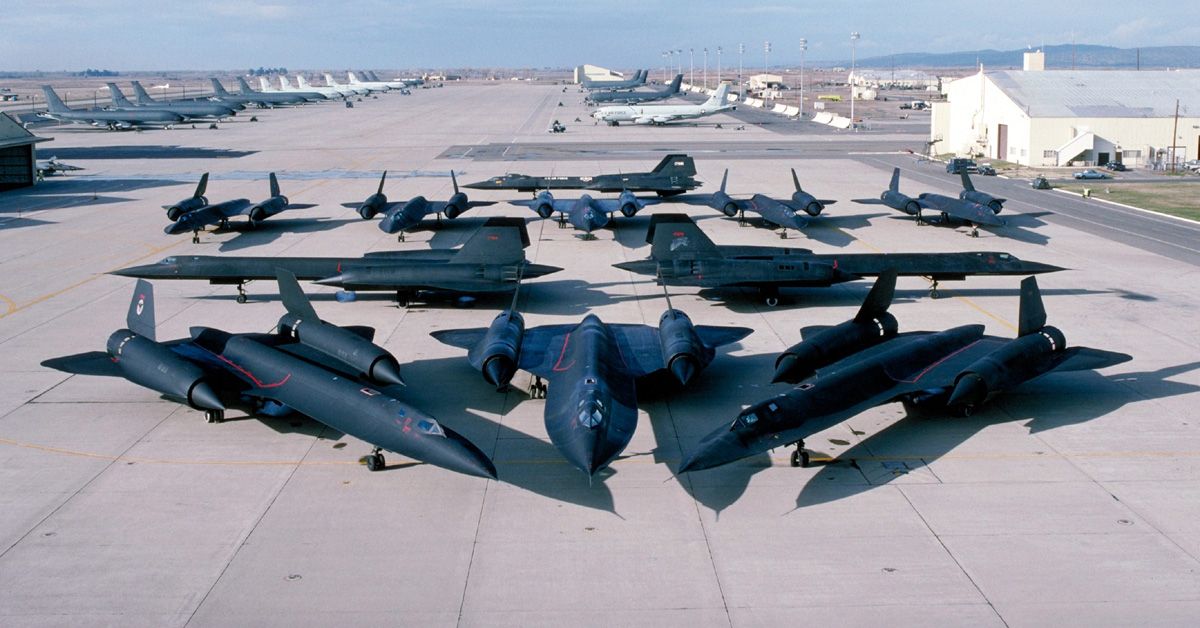
The last flight of the SR-71 was by NASA in 1999 for high-speed and high-altitude aeronautical research. All surviving Blackbirds are now resting their laurels in various museums across the world.
